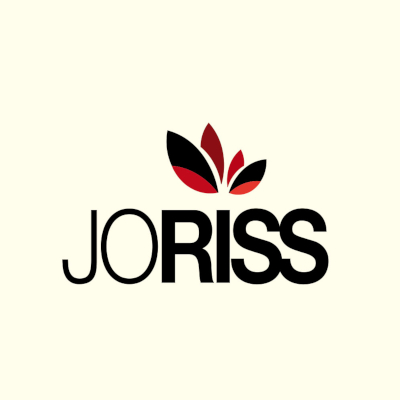
Title: Identifying new cofactors of a master regulator of epigenetics in cancer cells
Directors: Samir MERABET & Jiemin WONG
Discipline: Life Sciences
Status: Completed Project
Starting date: 2018
Directors
Summary
The College of Life Science at East China Normal University and the Institute of Functional Genomics (IGFL) at Ecole Normale Supérieure de Lyon are joining forces in this collaborative research project to capture key regulatory cofactors of a chromatin modifying enzyme involved in cancer.
Key developmental genes are often involved in cancers upon mutations affecting their activity and/or expression profile in the adult organism. Most of these genes encode for proteins that regulate gene expression, such as transcription factors (TFs) and chromatin remodelling (also called epigenetic) factors. Chromatin remodelling relies on a specific code of post-translational modifications occurring on genomic DNA and histone proteins. This code is responsible of the open or closed state of the DNA double helix, allowing or not the access of transcription factors to their target cis-regulatory sequences. Although chromatin remodelling proteins and TFs are supposed to work in a conjoint manner genome-wide, very few interactions between these two categories of regulators have been identified to date. As a consequence, whether and how these regulators could work together for specific gene regulation in normal or aberrant cell contexts remains poorly understood.
Here we propose to capture interactions that could be established between UHFR1 and TFs in a cancer-specific manner. UHFR1 is a well-characterized master regulator of the epigenome and its abnormal high expression level has been noticed to correlate with the aggressiveness of many different human malignancies such as breast cancer, lung cancer, prostate cancer or colorectal cancer among others. More particularly, we will identify TFs that could participate to the oncogenic activity of UHFR1 in breast cancer cells. This work will help to better understand the molecular mode of action of UHFR1 in cancer, which could eventually serve to develop efficient therapeutic tools in the future.
Our approach is based on a new patent that allows capturing cell-specific protein-protein interactions in a very sensitive way. This strategy has already been used with success in the laboratory of S. Merabet.








